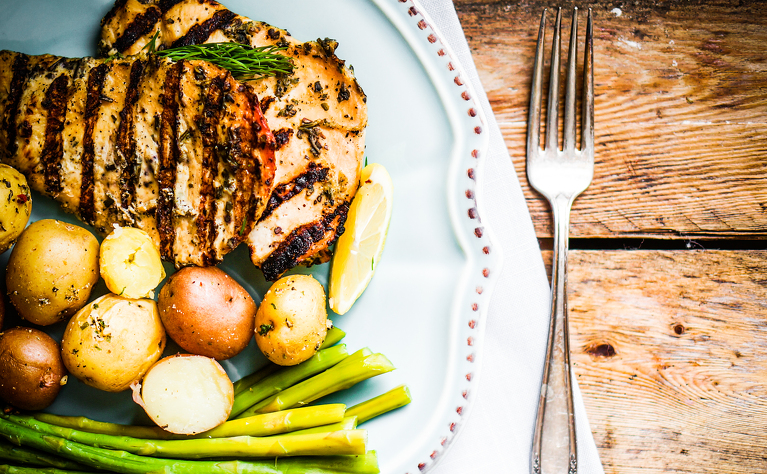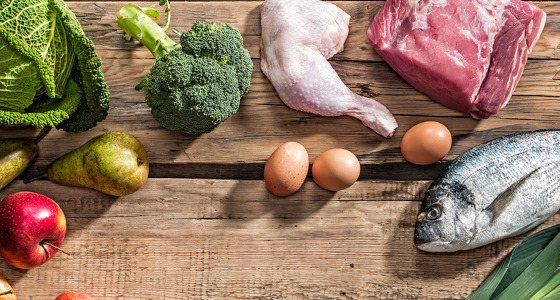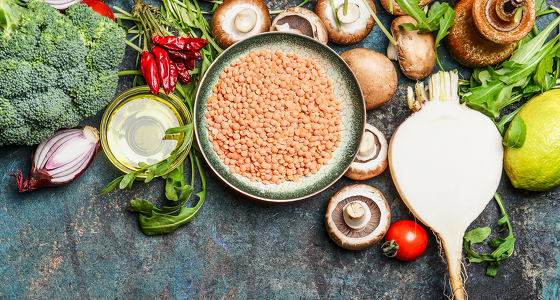
A low residue diet is designed to include foods that put as little stress as possible on the digestive system. These foods have minimal fibre in them.
This diet slows the movement of food through the digestive system and reduces the amount of stool - as fibre bulks out your stools.
Fibre is found in plants and cannot be completely digested by humans. Residue is the fibre (and some other materials) that is found in the colon after digestion. Reducing the amount of residue reduces the amount of undigested food left in the colon (which then needs to leave your body as stool).
It is similar to a low fibre diet but includes some extra foods which should be restricted. It should be carried out under the supervision of your doctor.
People following a low residue diet should aim to eat no more than 10 to 15 grams of fibre each day.
There are some concerns that following this diet can make it difficult to consume the amount of vitamins, minerals and nutrients needed for your body to function properly. Therefore, it is important that you ensure you make healthy food choices from the approved food list. You should seek the help of your doctor or dietician to ensure you do this. Long term use of the diet may not provide enough vitamin C or folic acid for your body. Again you should speak to your doctor.
Low residue foods include:
This list is given as guidance and the list you are given by your doctor may differ.
Food products that are high in fibre include:
People with Crohn’s disease and ulcerative colitis may be put on a low residue diet by their doctor in certain circumstances. These can include:
As this diet is low in foods that help to bulk out and move stools through your digestive system it can help to reduce the number of bowel movements and make the stools smaller.




